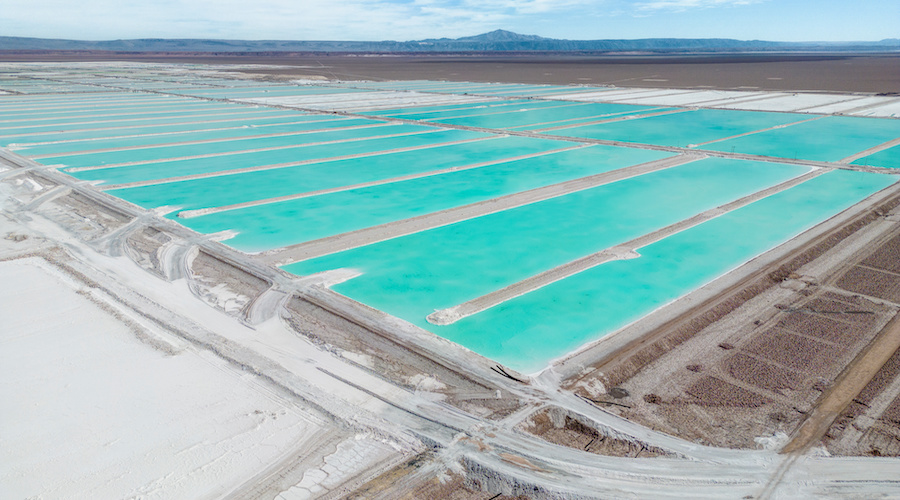North American Palladium to expand flagship Ontario mine
Canada's North American Palladium said it plans to expand its flagship mine in Northern Ontario at a cost of around $75 million for the first phase of the project. Phase 1 of the Lac des Iles expansion should be completed in the fourth quarter of next year when the shaft will begin operating at a rate of 3,500 tonnes per day.
The mine is located northwest of the city of Thunder Bay, and its primary deposits are palladium with some platinum, gold, nickel, and copper by-products. The company, which also operates two gold mines in Quebec, received a bump at the opening of trade in New York with the stock up 3.3% in a softer broader market.











